There can be lots of jargon involved with EV charging systems so we have tried to break down all the terms you may come across as clearly as possible below (in alphabetical order):
#
A
B
BEV: Battery Electric Vehicles (BEVs) – more frequently called EVs, BEVs are fully electric vehicles powered solely by electric rechargeable batteries, with no gas engine parts.
C
CHAdeMO: Rapid charging direct current (DC) standard.
Commando Connector: Often referred to in the UK as CEEform or simply CEE plugs, commando plugs are robust, industrial-grade electrical connectors designed for use with dedicated commando sockets. These are commonly found at commercial units and campsites, and are designed as multi-purpose charge point, sometimes used for electric vehicle (EV) charging.
The most common commando connectors used for EV charging are the ‘blue commando’ (3-pin, 200-250V) and the ‘red commando’ (5-pin 380-480V).
Current Transformer (CT Clamp): A CT Clamp is a current transformer that clamps around a cable, typically the main grid feed below the consumer unit, to monitor the load (amps) in your household. This data enables users to see real-time energy usage and the flow of current to a particular device via 'smart home' software. Crucially, it acts as a safety measure by reducing the charge rate on your electric vehicle (EV) home charger if it detects a load nearing the house’s maximum capacity, preventing blown fuses.
With a CT clamp, you can also integrate solar features if your EV charger supports them. The CT clamp can detect the energy exported to the grid from solar panels, allowing you to use excess solar energy to charge your car for free instead of exporting it.
D
DC: Direct Current
E
EV: Electric Vehicle – vehicles that are either partially or fully powered on electric power
EVSE: Electric Vehicle Service Equipment – safety protocol that enables two-way communication between a charging station and electric vehicle. Basically, it controls the safe current flow between the charger and your EV.
H
HEV: Hybrid Electric Vehicle – a car that integrates a small battery and an electric motor to enhance the efficiency of the engine. The battery’s charge is maintained by the internal combustion engine and it cannot be charged by plugging into an electrical supply. Hybrids offer greater fuel economy than a traditional internal combustion engine, but can only travel very short distances on electric power only.
K
Kilowatt (kW): A watt is the unit of measurement of electrical power. 1 kW = 1000 watts. Chargepoints will show their rating in kW because that’s how much energy they can transfer per second to your car while charging. The higher the kW power rating, the faster the output of the charger.
Kilowatt-hour (kWh): A kilowatt hour, often shortened to kWh, is a measure of energy stored or used (i.e., how much power you’re using over time). In EV terms, kWh is the measurement of the capacity or size of an EV battery - effectively an EV’s version of fuel tank size, and will give you an indication of how far you can go (depending on the usage of the car).
When you are charging your car, you will be charged for the energy that is transferred to the batteries in a price per kWh. One kWh is the same as electricity delivered at a rate of 1kW for a period of one hour. On average, 1-kilowatt-hour will give you 3-4 miles of range in a BEV.
O
OZEV: Office for Zero Emission Vehicles (UK Government)
P
PHEV: Plug-In Hybrid Electric Vehicle – A type of car that is configured like a traditional hybrid, but with a bigger battery pack that can be charged by plugging into an EVSE. PHEVs offer the chance to make short journeys on cheap, zero-tailpipe-emission electricity, but also enable long journeys.
Power: Electrical power is the rate of energy transfer and relates to the current and voltage in an electrical system. Measured in watts or kilowatts (kW). Power (in watts) is equal to the voltage (v) multiplied by the current (A).
R
Range: Miles of range.
RCD: Residual Current Device – A life-saving device which is designed to protect against the risks of electrocution and fire caused by earth faults by automatically shutting off electrical supply when it detects a fault. So, even if you accidentally touch a live wire, it should kick in and save you. RCD protection offers a level of personal protection that ordinary fuses and circuit-breakers cannot provide.
RFID Card: Radio Frequency Identification Cards. Swipe cards, similar to travel cards (e.g. Oyster), used to initiate a charge by tapping the card against a card reader at the chargepoint.
U
ULEZ: Ultra Low Emission Zone
V
Voltage: Measurement of the electric potential, or "pressure" at which electricity flows through a system. Measured in units called volts.

